Catfishing has become one of North America’s favorite game fish. They are known for their impeccable lean protein and as a hardy fish for a dog fight. In general, they are simple fish that can be caught with the enticement of an odorous bait on the bottom of a river or reservoir. The whiskers or barbels that give catfish their name are hyper-sensitive in locating food in murky water. As such, this is where a good and secure catfish rig comes into play. You can use them to keep the bait at or near the bottom where catfish could be, or at least within their senses. What is a good catfish rig? We will explore the most commonly used catfish lures to get a cat on your line.
1. Slip Bobber Rigs
Floating rigs will keep the bait at the bottom or suspended at eye level, drawing the catfish to grab the bait explosively. As such, the momentum from its grasp will be indicated above with a quake of the slip bobber. Furthermore, the slip bobber rig is ideal in areas without too many structures and a mild current, as this rig works by being carried in the water.
Depending on the size of the catfish, the slip bobber needs to be large enough to drift the bait near the bottom. More so, cut bait is great for blue and channel catfish, who scavenge for anything including decayed matter from the bottom. But if you want to go for a larger species like flatheads, you will need a big fish slider to suspend bigger baits that will attract them. Slip bobber rigs are adjustable to different depths and are interchangeable for different lakes, rivers, and reservoirs that house catfish.
2. Basic Drift Rig
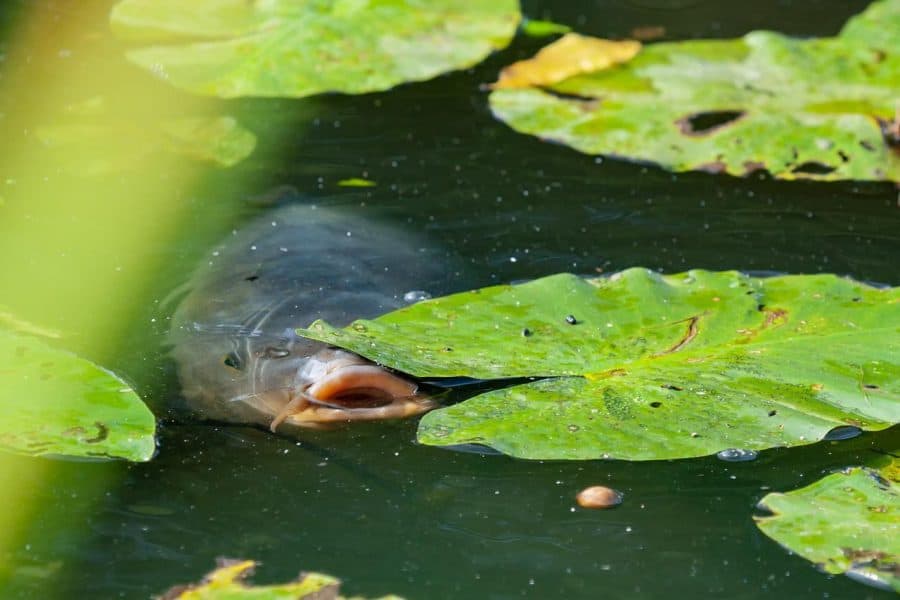
Image Credit: Andreas Hoja via Pixabay
The drift rig gives you some weight for better casting and baits placement compared to the slip bobber rig. It also drops to the bottom of the water much quicker. This setup works well with channel catfish when cast into an area with a moderate current and allows the bait to move slowly at the bottom.
On the other hand, if you use the drift rig from a boat, you can allow the wind or the current to push the boat towards deeper water. This is ideal for targeting channel catfish that like to feed in the shallows at night. When it comes to seasonality, the drift rig setup is great for catching catfish in late spring to early fall when the water starts to cool. It’s an all-over great rig for fishing catfish in any body of water that doesn’t have a forceful current and can be used from shore or a boat.
3. Basic Slip Rigs
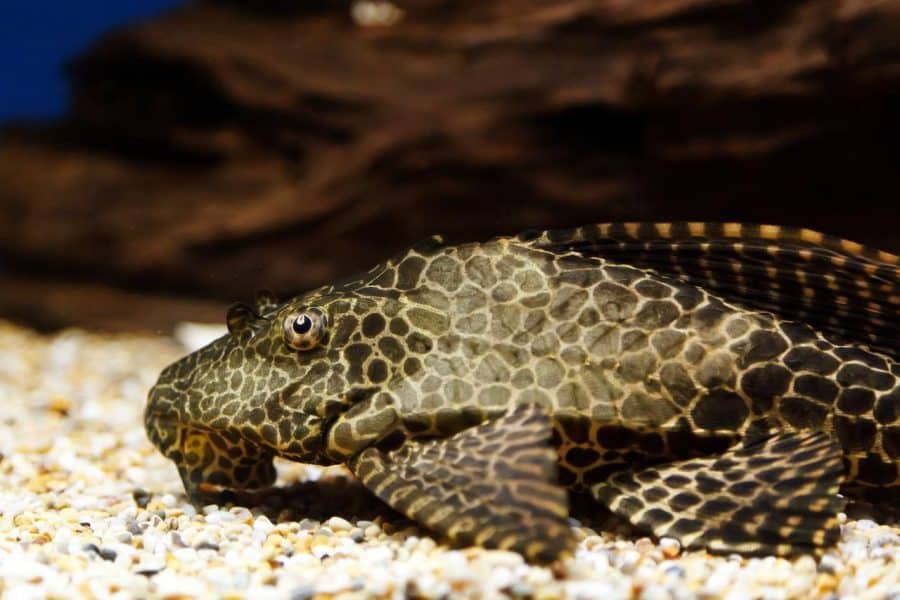
Image Credit: PublicDomainPictures via Pixabay
Drift and floating rigs are versatile, and they work well to catch several types of catfish. Alas, there are still times when live or dead bait needs to be fished at the bottom. For this, a basic slip rig is one of the best setups.
You will need an egg sinker that slides on the main line and is held in place above the lead shot. Catfish aren’t timid eaters, so they engulf the bait rapidly. Hence, with a basic slip rig, catfish don’t need to move too far to get hooked. Furthermore, catfish will swim a foot or two when landing on your line with this rig. This setup is effective when cast behind an anchored boat, but be careful of getting tangled in a mooring chain.
If you have too much line, the bait might just lay still on the bottom. This means that the odor from the bait could miss the catfish’s senses. Although this can make for a defective catfishing trip, it also depends on the type of catfish you want to catch. Some species are opportunistic eaters, while others are scavengers. Here’s a tip: you might not want to use any leader for targeting channel catfish. But to hold large live bait and catch a flathead, you will need a longer leader.
4. Poly Ball Rigs
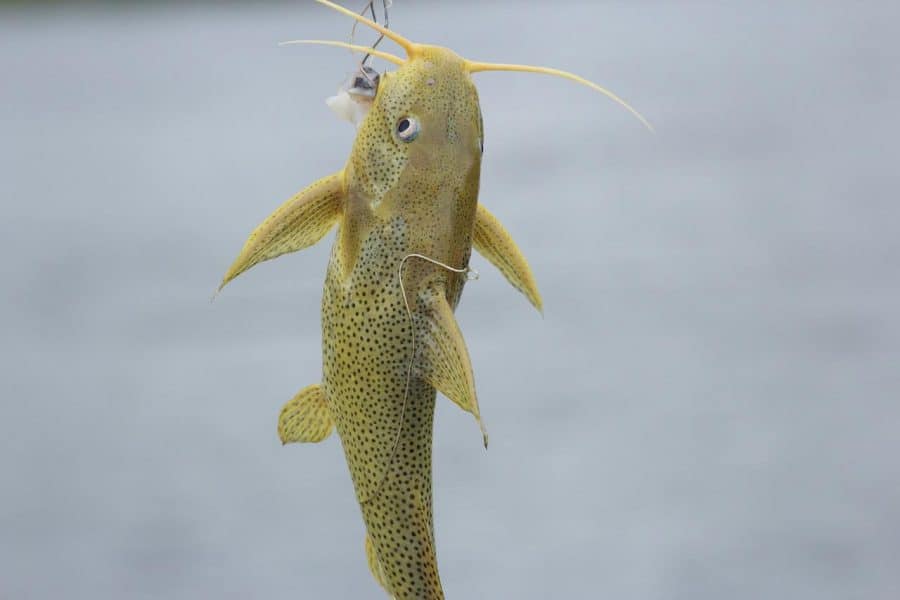
Image Credit: Alison Cave via Pixabay
The poly ball rig is great if you want to anchor the bait in place but keep it slightly suspended from the bottom. Henceforth, the bait can have enough movement to attract catfish that might be hiding. This includes areas with structures, such as waterlogged hollows or murky water with poor visibility. Anglers have been successful with catching blue catfish, channel catfish, and those from the bullhead family.
The poly ball rig is similar to the slip bobber rig. But instead of a bobber, it uses styrofoam known as “poly balls”. Nonetheless, the poly ball rig can lift larger cut bait due to its buoyancy. When setting up, attached the poly balls on the mainline and the bait on a snelled line. The poly balls will suspend the bait at the bottom, which will be presented at eye level to any nearby catfish. Additionally, dead bait can attract more catfish when it isn’t lying on the bottom. It’s best used in a gently moving current, which can trigger a catfish’s senses.
5. Three Way Rig
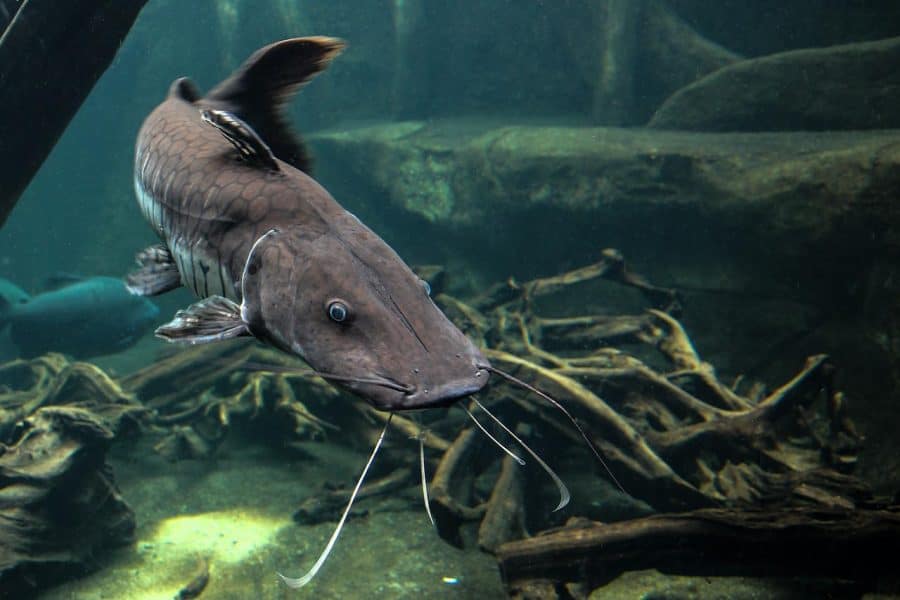
Image Credit: Gerhard C. via Pixabay
One of the most versatile types of catfish rigs is the three-way rig. Which can work for almost any variety of catfish. It works in still waters like lakes and ponds, but it also works in very heavy currents too. It is probably one of the best rigs for slip drifting.
To set up a three-way rig, you will need a three-way swivel. To get started, attach an egg sinker onto the swivel with a fishing line. Repeat this action to add a snelled hook. On the last corner of the swivel, attach the mainline from the rod, and there you have a three-way swivel. In practice, the egg sinker will hold its place on the bottom while the baited hook hovers in the current. Depending on the current, you might want to go up in size to keep your bait close to the bottom. It works in areas where many other rigs just won’t hold, such as strong currents near dams.
Explore Rigs For Catfishing
In conclusion, catfish rigs present some of the greatest ways to nab these hard-to-get bottom dwellers. But using rigs adds a layer of fun and technicality when going after one of America’s favorite game fish. With a variety of different rigs that allow you to float, suspend or sink your baited lines, it’s hard to not get excited at what may land. Go out and explore your local rivers, lakes, reservoirs, and dams and see which catfish rig works best for you.

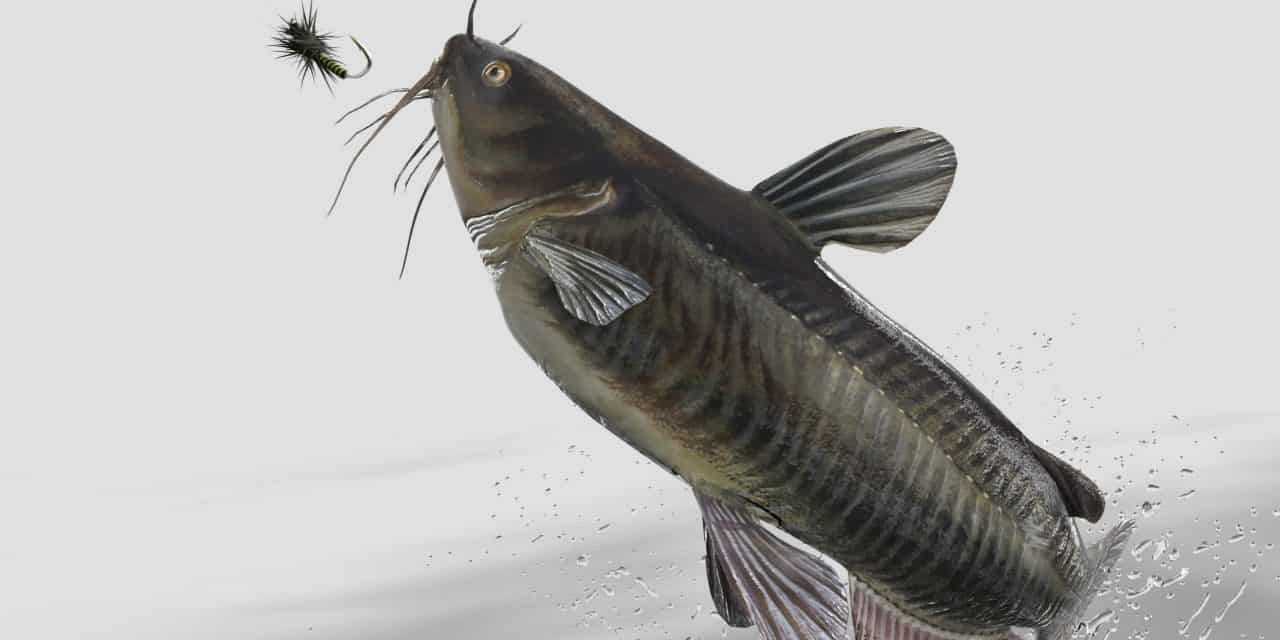

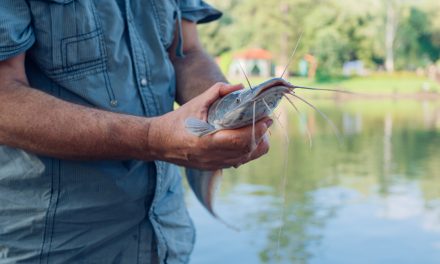
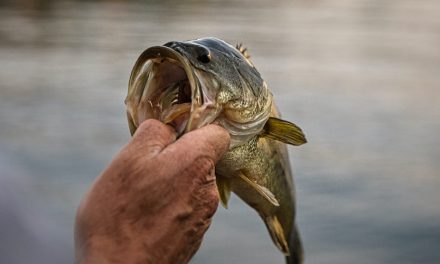
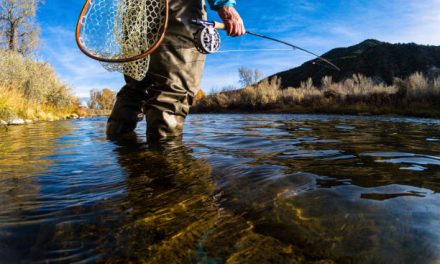
 E-Newsletter
E-Newsletter